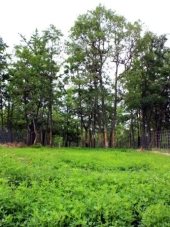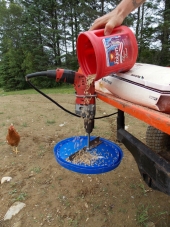








Success has a Thousand Fathers , Failure is an Orphan
LOOK AT THE " SIMILAR THREADS " BELOW !














Success has a Thousand Fathers , Failure is an Orphan
LOOK AT THE " SIMILAR THREADS " BELOW !




















 I definitely think an Alder grove might be a great ideal. Plant the grove after last frost. Coppice it the following winter. Then coppice it once more in ~5 years and plant what you would like. I'm guessing a 1~1.5 meter spacing would be about ideal for the Alder?
I definitely think an Alder grove might be a great ideal. Plant the grove after last frost. Coppice it the following winter. Then coppice it once more in ~5 years and plant what you would like. I'm guessing a 1~1.5 meter spacing would be about ideal for the Alder?



 1
1









 1
1





| I agree. Here's the link: http://stoves2.com |






